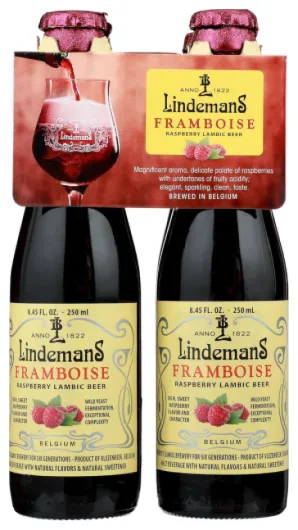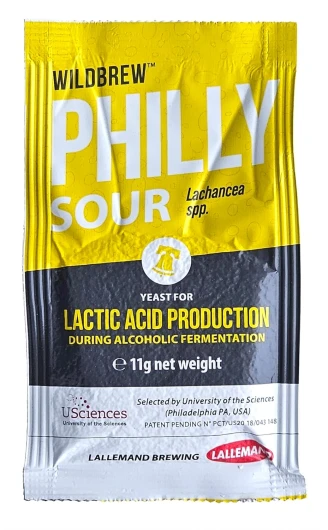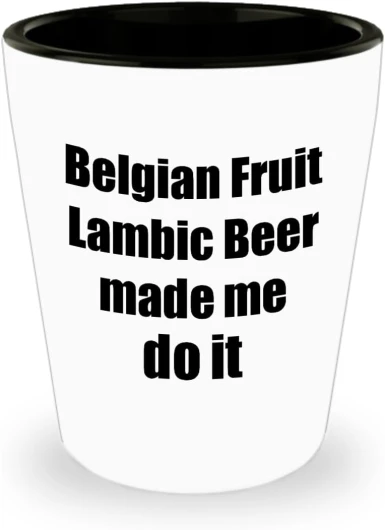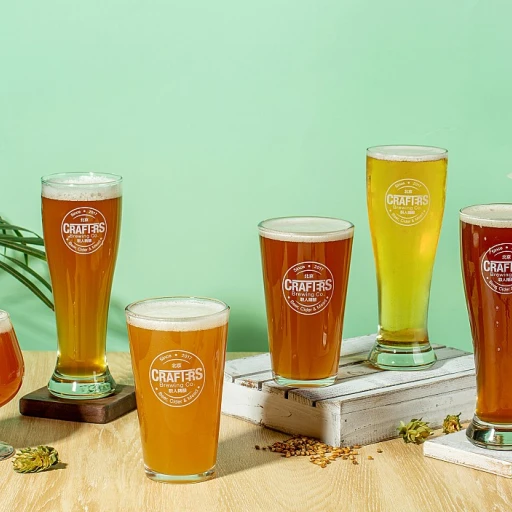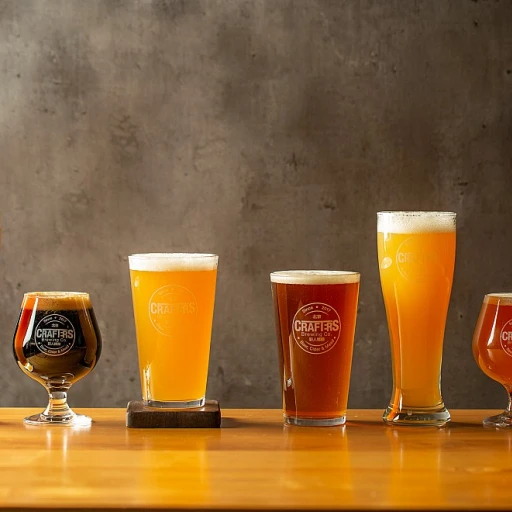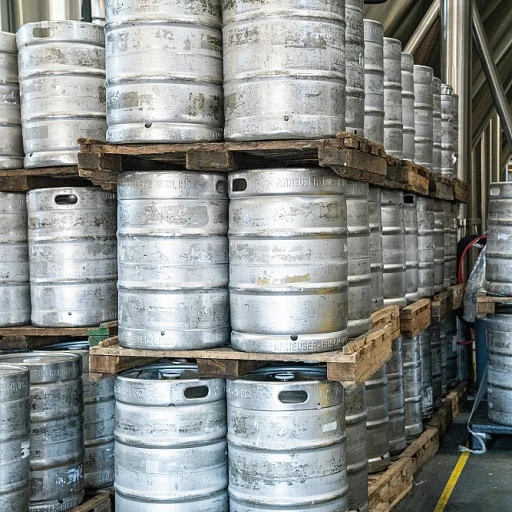
The Origins of Belgian Lambic
The Beginnings of a Brewing Tradition
The story of Belgian lambic finds its roots deeply entrenched in the history and culture of Belgium. Unlike many other beer styles, lambic is crafted using a unique and ancient method of fermentation that has its origins in the region's rich past.
For centuries, the Senne Valley and the Pajottenland area of Belgium have been celebrated as the birthplace of this distinctive beer style. The natural elements and indigenous microflora of this geographical region play a crucial role in the creation of lambic. The blend of wild yeasts and bacteria in the air gives lambic its unique character, setting the stage for what is known as spontaneous fermentation, which we'll delve into later.
As with many historical brewing traditions, the methods and practices have been passed down through generations. The art of brewing lambic has become a cherished part of Belgium's cultural heritage, maintaining its authenticity and integrity over time. This dedication to tradition is reflected in the various styles of lambic that are enjoyed today, from the younger varieties to the matured gueuze. Certain tasting experiences are enhanced by the right glassware, holding true to the age-old customs of savoring lambic.
As we explore the different aspects of lambic, it becomes clear why breweries are eager to preserve this extraordinary tradition. From committed craft brewers to global enthusiasts, Belgian lambic continues to inspire and influence contemporary brewing culture worldwide.
The Art of Spontaneous Fermentation
The Intricacies of Spontaneous Fermentation Process
The art of crafting a Belgian lambic begins with the unique process known as spontaneous fermentation. Unlike most beers, which rely on cultivated strains of yeast, lambics are fermented with wild yeasts and bacteria native to the Zenne Valley in Belgium. This process gives lambics their unmistakably complex aroma and flavor, reflecting the environment in which they're brewed. Mother Nature plays an integral role in this method. After the wort, a beer's unfermented liquid, is brewed, it's cooled in shallow open-air vessels, called coolships. Exposed to the open air, it naturally attracts wild yeasts and microorganisms, which begin the fermentation without human intervention. This wild capture introduces a sense of time and place to the beverage, transforming each batch into a truly distinctive creation. Time is another vital component in lambic production, with fermentation taking several years to reach maturation. During this period, the flavors evolve in fascinating ways—acquiring tartness, earthiness, and a characteristic funkiness that appeals to beer enthusiasts around the globe. The process is both an art and a science, deserving of respect for its authenticity and complexity. To delve further into the mastery of Belgian ales, consider the illustrious flavors found in well-known brews such as the acidic punch of geuze or the luscious sweetness of kriek. Each style showcases how the fermentation method allows for an endless symphony of flavors to unfold. For an in-depth look at another Belgian brewing marvel, explore this article on the complex flavors of Kasteel Tripel.Varieties and Styles of Lambic
A Diverse Range of Lambic Styles
Venturing into the realm of Belgian lambic, one quickly notices the diverse array of styles that each bring their unique spin to this traditional brew. While the origin and production techniques remain steeped in history, the varieties available today cater to different palates, ensuring that there's a lambic for everyone. Perhaps one of the best-known styles is the Gueuze, often referred to as "the Champagne of Belgium" due to its sparkling appearance and effervescence. This style is a blend of young and old lambic, with the younger beer initiating a secondary fermentation process in the bottle. The result is a tart, refreshing drink with complex, evolving flavors. For those with a sweet tooth, Fruited Lambics offer a delightful alternative. These lambics are infused with fruits such as cherries (in the case of Kriek), raspberries (Framboise), or other seasonal offerings, which add a fruity finish to the sour base. Depending on the fruit and brewing method, these can range from sweet to more moderately tart, while being incredibly aromatic. In contrast, Straight Lambics are unfiltered, unsweetened beers that showcase the full range of wild yeast characteristics from the spontaneous fermentation process. These are more sour and challenging to the uninitiated but offer the most authentic lambic experience. If you're intrigued by unique beer flavors and seek more information on how specific ingredients can alter taste, such as the impact of sultana hops, you'll find a fascinating connection in the world of lambic brewing.Breweries Keeping the Tradition Alive
Iconic Breweries Upholding Tradition
Belgium is home to a number of traditional lambic breweries whose commitment to preserving ancient methods ensures that these unique beers continue to thrive. Let's take a look at a few of these iconic establishments.- Cantillon Brewery: Based in Brussels, this brewery has been producing lambic since the early 20th century. Famed for their rigorous adherence to traditional brewing methods, Cantillon offers a mesmerizing experience for visitors in their brewery-museum, where the historical charm of lambic remains palpable.
- Boon Brewery: Nestled in Lembeek, Boon Brewery has played a pivotal role in the modern revival of lambic beers. They craft lambic with extraordinary precision, allowing time and nature to sculpt its intricate flavors.
- 3 Fonteinen: This family-owned gem has gained a stellar reputation for blending lambics to perfection, creating their well-loved gueuzes and krieks. 3 Fonteinen holds a sizeable influence over the lambic world through its dedication to excellence and sustainable brewing practices.
- Tilquin: Unlike other producers that brew their own wort, Tilquin specializes as a lambic blendery, sourcing lambic from other breweries to concoct their unique blends. Their innovative approach pays homage to the diversity within the lambic tradition.


